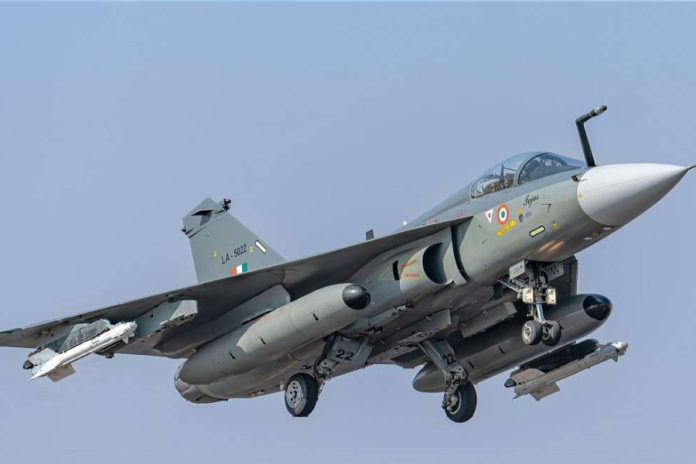Pakistan intentions of purchasing stealth fighter jets China, possibly the FC-31, have created concerns about regional military balances, which is a major shift in South Asian defence dynamics.
A senior Indian Air Force (IAF) officer told the media that this action would not compel India to change its own plans for acquiring fighter jets manufactured in the country.
The Pakistan Air Force (PAF) chief had announced earlier this year that the country plans to purchase fifth-generation fighter aircraft from Turkey or China. This purchase is a component of the PAF’s plan to update its outdated F-16 fleet and modernize the force.
Pakistan is committed to enhancing its air capabilities in the context of regional security, as evidenced by its possible acquisition of cutting-edge stealth fighters similar to the Chinese FC-31.
IAF authorities have been keeping a careful eye on the PAF’s developments, especially with regard to its fifth-generation fighter program. The Indian Air Force (IAF) is unwavering in its support for the domestic construction of the Advanced Medium Combat Aircraft (AMCA) in spite of these developments. Financial as well as operational factors go into the choice to support AMCA versus off-the-shelf purchases from nations like Russia or the US.
India’s emphasis on creating and acquiring fighter jets made in the country is part of a larger strategic plan. The IAF intends to acquire 200 Tejas Mk2 and 180 Tejas Mk1A fighters in addition to 114 jets through the Multi-Role Fighter Aircraft (MRFA) tender. The goal of these acquisitions is to strengthen the IAF’s capabilities and encourage domestic defense production.
Also Read: How India is successfully countering China in Indo-Pacific and beyond
An important part of India’s plan for an indigenous aerospace sector is the Tejas Mk1A and Mk2. India wants to assure technology transfer, lessen reliance on foreign suppliers, and build a strong defense ecosystem that can meet operational demands for an extended period of time. To achieve these goals, it is investing in domestic technology.
The substantial downtime frequently associated with modern stealth aircraft is another factor considered in the decision to give preference to the AMCA and other domestic jets over foreign fifth-generation fighters. India can enhance its ability to control maintenance cycles, operational readiness, and logistical support by creating and manufacturing its own aircraft.
Moreover, it is impossible to ignore this strategy’s economic component. Indigenous production not only curtails the outflow of foreign exchange but also boosts local industry, creates jobs, and fosters technological innovation within the country.



